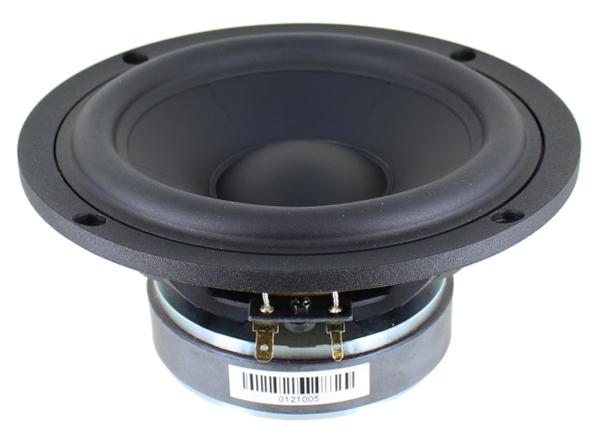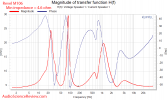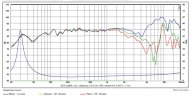Welcome !!!!!!!!!!!!
Well, that is a big question.
Many have luck with a sub blending or disappearing, the lower you cross.
Some even run the speakers wide open and run the sub with the speakers, not rolling off bass to the mains.
For disappearing, I find a sub (or subs) should be under or between the speakers.
Where you cross depends on your ears and your volume levels.
Looking at the distortion plots on the m106 on the first page, you see distortion taking off below 200hz.
Still amazing for a 6" - 6.5" driver.
However, it still is a 6" 2-way.
If you want punishing volumes, I'd cross as high as 200hz, but your sub will be more localizable.
I do not cross my 106, but I use mine more as a monitor, me laying on a couch 10' away, mainly for late night casual listening to cd's, radio, or blurays. It sits exactly next to the middle of the tv.
I use other speakers also, a pair of 12" 2-ways 90% of the time, sitting playing cards 15' away, eating, hanging out, working out, or if wifey is up for watching Godzilla, lol.
Perhaps others can chime in on what they listen to (movies, rap, classic, etc), how loud, and how far away they sit.
Perhaps if you start a new thread titled "Where cross m106 to subs ?", you will probably get more looks.

 en.wikipedia.org
en.wikipedia.org



